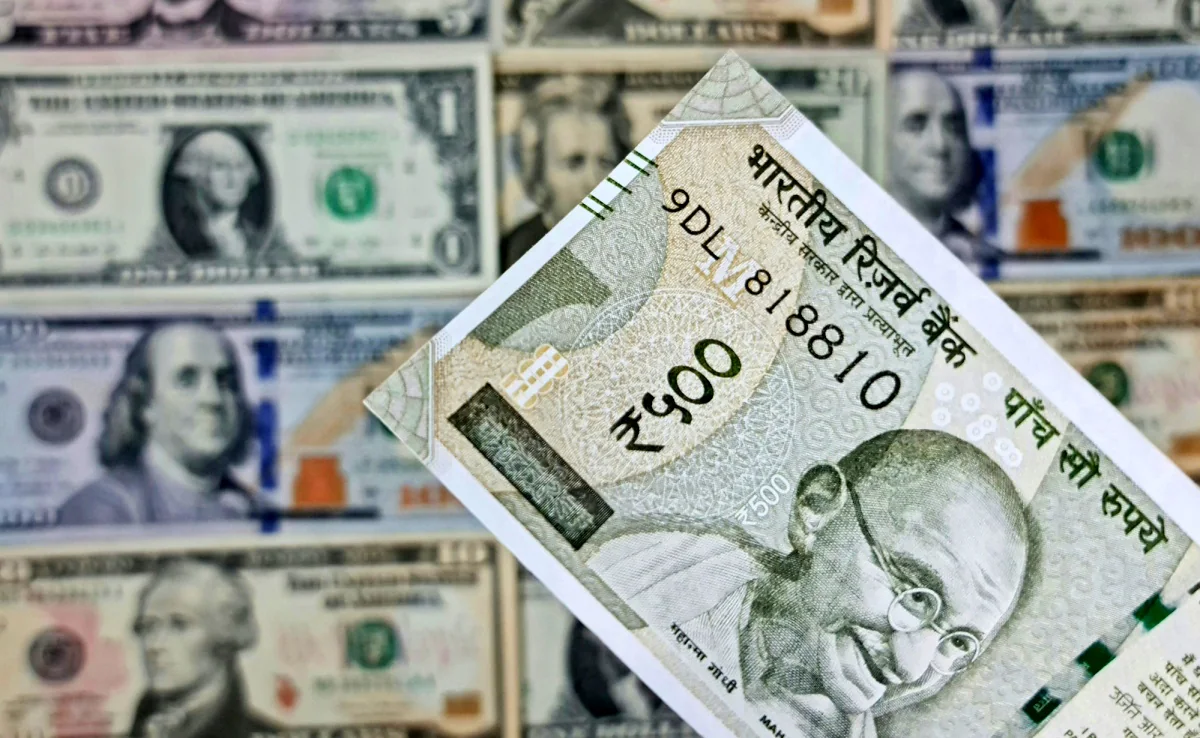 English
English

High oscillation was seen during the day, as it rallied 59 paise at 83.90 in the opening session. Read further on Dynamite News

Representational Image
Mumbai: The rupee on Friday closed at 84.53, marginally fell three paise against the USD on rising demand for US dollars from foreign banks and exporters, dealers at the Forex Market said.
High oscillation was seen during the day, as it rallied 59 paise at 83.90 in the opening session. During the day it erased earlier gains and settled at 84.53, sliding 3 paise as compared to its previous close.
A firm dollar against other world currencies kept the rupee low. The rupee recorded intraday highs and lows at 83.85 and 84.59, respectively, the dealer added.
The best way to explain rupee declining is the explaining the strength of the dollar.
There is nothing fundamentally wrong with the rupee. Despite the recent record high trade deficit, India's overall current account deficit is actually under control at 1.1% of GDP.
Of course, this data for the first quarter is reported with a lag and the second and third quarter could show slightly higher percentages. But unlikely to be of much concern. In fact, the last quarter of FY24 reported a small current account surplus.
When India inflation rate is higher than that of the United States, it erodes the Rupee’s purchasing power relative to the Dollar. This means that you need more Rupees over time to buy the same goods or services that a Dollar can purchase.
India persistent trade deficit, where imports outweigh exports, plays a significant role in the Rupee’s depreciation. As Indian businesses need more dollars to pay for imports than they receive from exports, the demand for US currency increases. This imbalance puts pressure on the Rupee, causing it to lose value.
India’s heavy reliance on oil imports makes it particularly vulnerable to fluctuations in global oil prices. When crude oil prices rise, it has a double impact on the Rupee:
India needs more Dollars to pay for the same amount of oil, increasing Dollar demand.
Higher oil prices can widen India’s trade deficit, weakening the Rupee.
During periods of worldwide economic uncertainty:
Demand for Indian exports may decrease, reducing the inflow of Dollars into the Indian economy.
Investors often seek “safe haven” currencies like the US Dollar, moving money out of emerging markets like India.